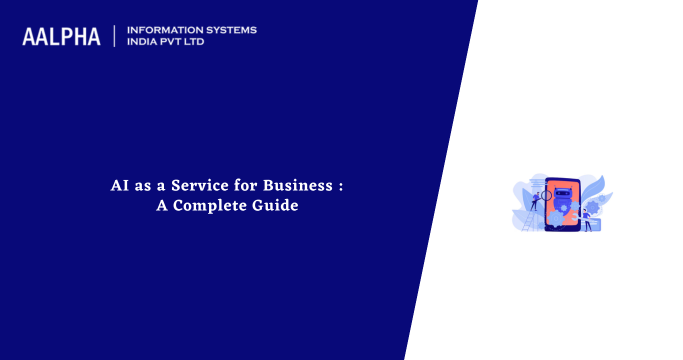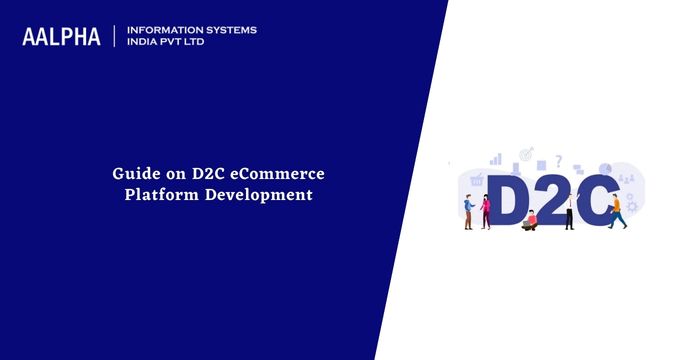The sector of IT development has seen many experts from different parts of the world develop software, applications, and other robust technical stuff. In Software Product development, the waterfall approach strategy has seemed to drive the sector with diminishing expectations. In the end, there has been a rise in the need to deliver quality software products that have seen Agile development take over the software industry to a greater extent. With the gradual changeover, smaller organizations and startup companies are transiting as there seems to be a deep hole in between the technical skills and the quality of products produced. Therefore, product failures are occasionally occurring because of a large skills gap. Not more than half of the companies understand their skill gaps. Therefore, to avoid various strategy mistakes that arise in companies, it is good to cultivate talents in people so that a number of them can explore different sectors such as architecture and software engineering.
As initially stated, there are many experts in the development sector. Among them are software engineers who are UX Architects. Each expert with a specific duty or role to play. Usually, standards point out that a UX architect is tasked with ensuring that the user points out major issues and expectations. A user experience expert addresses each issue accordingly.
On the other hand, a software engineer delivers a software product that works pretty well and leaves the users satisfied. With the skilled number of experts, the product team finds it hard to adhere to the challenging dynamics. This is because there are silos between the process of engineering and the use of the experience design process. There is no proper harmonization between the two underlying fields as the experts in the corresponding fields fail to put their skills together when the need arises. Usually, a lower percentage of work is done in the union between two or more teams.
Most teams prefer to hold into the skills they have and perfect the skills on the target field. However, all that isn’t just enough, especially when an aspect of agility is to be factored. But then, when the two parties also work together now and then, or rather the software engineer wears the shoe of the UX architect, and the UX designer wears that of the software engineer, there is always a likelihood of contradictive results and the outcome is different from expectations.
However, it is vital to acquire agility by minimizing the considerable gap between the two experts. So, to achieve the merging of both brains requires a tactical approach. A better way of reducing the gap is to stick to a mindset of agility and enhancement of curiosity of mind.
UX Architects Could Become the Goliaths of Product Development Lifecycle
The UX architect expert deals with several responsibilities. The expert is supposed to create a conducive and satisfactory information architecture so that a given application or website is informing, intuitive, and easy to use. Usually, they are supposed to think like architects and determine the outcome of the product under development. They decide the final look of the product and consider the ultimate behavior of the product that is to be under usage by many users. To some extent, these experts can go further and take over some roles done by UX analysts and UX designers.
With software engineers, programming logic drives everything. It is through them that choices of designs are made and the options manufactured into becoming excellent and useful products. Therefore, the two experts have several principles that act as their guideline. For UX architect experts, they focus on research and design. For software engineers, they concentrate on back-end coding, some bit of knowledge in front end coding, experience in HTML, CSS, and JavaScript
Responsibilities of UX architects and Software Engineers
There are various responsibilities undertaken by both experts, as far as the field of development is concerned. But what happens when a UX architect deeply explores and ventures into the coding sector? What is the outcome when they have extensive knowledge in various languages such as HTML, CSS, and even JavaScript? In short, the result will be a cross-functional talent, which is promising in the development sector. However, this doesn’t guarantee that a UX architectural field is far much ahead of software engineering. What we should try to understand is that the UX experts need to up their game and try some bit of coding skills to have an understanding of the underlying knowledge held by software engineers. So, some of these architects should have some basis on what prevails in coding. As a result, a complex product development process is handled easily since the engineers can get ideal requirements with knowledge from their counterparts. Generally, we should have many expectations when UX architects think the coding way since the result is the creation of practical elements in UX design and even proper and faster development and delivery of products.
Breaking the Silos Between UX Architects and Software Engineers
UX architects always work around enhancing and incorporating good designs to produce a product that’s worth for use by any other person. And so, if at all they can gain some underlying coding skills and top up with top tech trends in the market, then the whole process should be technical know-how for them. Eventually, they can leverage to become unstoppable experts in the process of product development. The point here is that flexibility is essential as there are expectations of proper staff progress, enhancement of organizational processes, and increased productivity.
The two parties also share a given responsibility. They can decide on when and what is to be incorporated on the user interface of a website or an app. It is their perfect spot that can enhance the sharing of ideas between the two.
As a result of putting their knowledge together, we can anticipate products that are driven by enhanced user experience designs. Different institutions and organizations can also chip in here to promote the culture of flexibility to achieve more. Furthermore, organizations should develop the right motive for being product-driven.
Showcasing the need for the Cross-functional Setup
Currently, the technological sector has seen talent nurturing becoming a core driver for most development teams arising, and so everyone is geared towards acquiring competitive knowledge. The product development process requires extreme knowledge that can take you through wholly without ease on the way. This can, therefore, explain why UX architects need to gain basic knowledge possessed by software engineers.
Usually, UX designers and software engineers merge their skillset and knowledge in a process termed as “Pair Design.” Through the process, they work together to give taste to user experience. Designers ensure that the product is fit for the market and developers to explore the product to identify possible technical shortcomings.
With all their efforts merged, improved products are yet to run the market. Additionally, frequent feedback is critical as it also plays a greater role in determining the end product. The feedback helps them understand what to address, incorporate, and drop. The onset of product development sees everything in place, and the outcome is a smooth and fluent process.
Tips to enable collaboration between UX Architects and Software Engineers
The steps involved in product design include research, ideation, prototyping, user testing, and iteration. On the other hand, the steps involved in the engineering process include coding, testing, debugging, launching, and maintenance of the product. The methods seem different, but there is at least some intertwining that goes beyond what the eye can see.
Customer problems are solved by UX experts but also, engineers play a significant role in ensuring efficiency in the end product presented to users. Both experts should, therefore, prioritize themselves in providing satisfactory customer services by delivering software consistently.
To enable collaboration between the development of products and the design of products, it is essential to put some critical factors into consideration. First of all, software architects should be incorporated in the ideation phase and should work hand in hand with UX architects. By considering such a critical step, then there can be the assurance of better results. Furthermore, organizations should adopt a culture of shared ownership. This is because software development is a common thing and, therefore, a critical factor to consider when reflecting upon various teams in the development sector.
Conclusion
There are challenging factors that accompany being a UX architect and software engineer. With both of them taxed to conduct different responsibilities, they have to adapt and hold onto digital transitions that occur in every organization. Since their duties don’t differ widely, the two can merge to conduct their duties together, and the results will prove to be more efficient.
It’s through merging their efforts that organizations and the consumer market at large will see the fruits of every new product entering the market. All that’s needed is the redefinition of the agile scrum for software engineers and UX experts. Nurturing of talent and enhancing development in skills should also be set at the forefront.
The result is satisfaction from customers through enhanced customer experience, self-driven product development teams, and enhanced cultures in organizations.




Share This Article:
Written by:
Stuti Dhruv
Stuti Dhruv is a Senior Consultant at Aalpha Information Systems, specializing in pre-sales and advising clients on the latest technology trends. With years of experience in the IT industry, she helps businesses harness the power of technology for growth and success.
Stuti Dhruv is a Senior Consultant at Aalpha Information Systems, specializing in pre-sales and advising clients on the latest technology trends. With years of experience in the IT industry, she helps businesses harness the power of technology for growth and success.